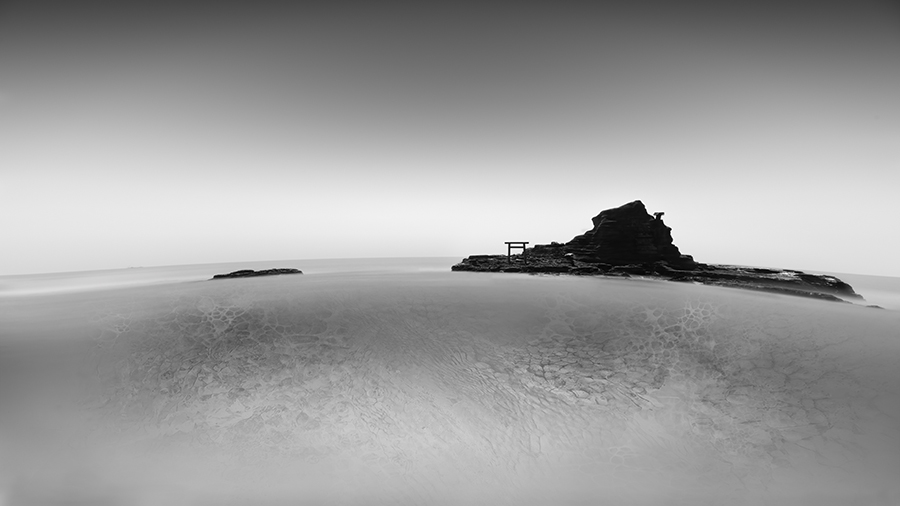ENTRY DESCRIPTION
“We are formed by sensitive nature”
Since ancient times, torii shrine gates in Japan have symbolized the boundary marking the threshold of sacred ground. It is believed that the practice of torii construction based on bird worship dates back to the Yayoi period (around the 5th century BCE).
People revered the natural realm that lay beyond the reaches of human power as holy, regarding mountains, seas, waterfalls, islands, and ponds as objects of worship, and erecting torii to protect them. In some instances, they deemed these sacred places “forbidden lands” to protect the land itself or the vegetation growing on it; at the same time, they prayed that the spirits inhabiting the natural world would guard them in their daily lives.
In the case of torii built in water, they are often constructed on top of small islands in a sea or lake or off the tip of a cape, on protruding rocks, or amid other landscape elements that draw the eye. Our ancestors who lived on the Japanese archipelago, surrounded by seas, must have sensed divinity in the slightly extraordinary elements of an otherwise ordinary landscape. They built torii in these places, and in doing so began a prayer that has continued across generations, for safe oceangoing journeys and fishing expeditions, for abundant harvests of the sea’s bounty. Torii are not only the gates we pass through when visiting a shrine; those that stand within the natural landscape function as symbols of awe and piety toward nature’s power that have shaped the spirit of the Japanese people throughout history.
Leonardo da Vinci once said "The earth's blood is the veins of the waters."
For the humans who were our ancestors, the landscape was literally a life-scape that they depended upon to survive. Also the same in our body.
AUTHOR
Eriko Kaniwa is a digital artist based in Tokyo, and the creator of the SENSEGRAPHIA FINE ART. Sensegraphia is a conceptual redefinition of photography, in which the visual aesthetics of the photograph are used to develop and express a sense of nature that enables us to recognize that humans are a part of nature and that we are involved in nature's dynamics.
She creates digital artwork based on her unique philosophy. Her work has been displayed at galleries in London and New York, as well as at the art fairs and international exhibitions such as Art Expo NY, Fotofever Paris and Barcelona Foto Biennale etc.
back to gallery
